How To Manage The Puff (Water Retention)
Water retention, it’s not fun.
For my whole life it’s something I’ve had to manage. I nearly wrote unfortunately there but then I deleted it. Because it’s not unfortunate, it’s life. We all have different bodies and we all work in different ways.
I’m always very careful of the words I use, because they really affect the energy we bring to something.
Just by not using the word “unfortunate” I immediately feel more neutral about it.
Before we move forward, is there something unique you don’t like about yourself, or wish you didn’t have to deal with? Can you change the way you think about it and move to a place of neutrality?
I’ve seen and spoken to many people from all walks of life – everyone has something about themselves that they don’t love, or something about their health that they were born with or is simply just the way they are.
Now that that is out of the way, here are some of the actions I take to manage water retention. How this displays for me is “puffiness” and I know so many of you can relate. Long haul flight – my whole body puffs up like a puffer fish. It also comes up around certain times of my menstrual cycle, it most definitely comes up in times of stress, and honestly a lot of the time it pops up randomly and I have no idea why.
How it presents is puffiness in my face and body, clothes feeling tighter, bloating and distention around my midsection, enlarged breasts, and muscle stiffness and soreness. As well as just generally feeling like sh*t.
These are things I have made part of my life that I’ve found to make a difference.
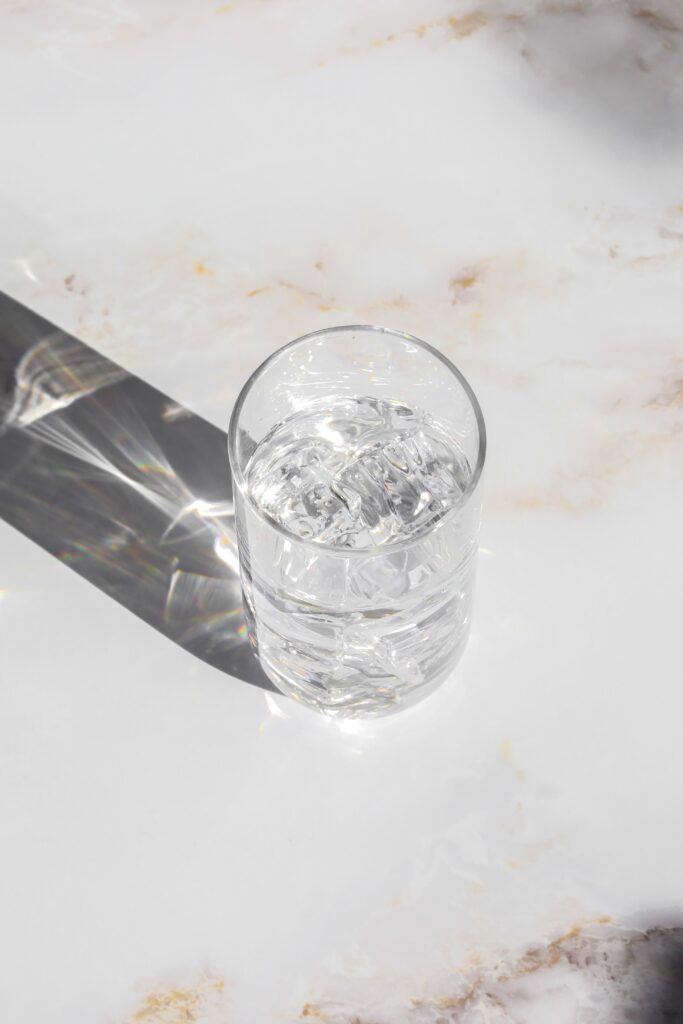
DAILY
Exercise or movement
This quite literally gets the fluid moving around your body. Movement is a part of my daily routine for many reasons, but it certainly helps with this. At the moment my favourites are long walks, particularly fasted in the morning, and pilates. That is all that I currently do and I find the combination is working well for me at this season of my life.
The lymphatic system relies on muscle contraction to move! It doesn’t have a pump like the heart and pressure that makes it move, as is the case with blood vessels.
Mobility
Stiffness comes along with water retention for me, so in the morning, I do a 5 minute mobility routine while I’m brushing my teeth. This involves just circling around all my joints, starting at the ankles moving to the knees, then hips, shoulders, neck and wrists. It’s really simple but I find doing this first thing in the morning really helps me to feel agile and wake up the body, and encourages me to move later on. It’s like I have less of a desire to sit down. Sometimes I will also do a yogic squat to open up my hips. It’s very simple – I seriously do most of it while brushing my teeth.
Dry body brushing
I do this after my mobility/ teeth brushing and I absolutely love it. I’ve owned a body brush for years but have only incorporated it into my routine in the past year. There is a bit of mixed research out there, but it does appear to help stimulate the nervous system and move blood and fluid in the body.
If I’m going by just how I feel, I feel so good after I do it, and that is enough of a reason to keep it up. Along with the mobility it makes me feel light, energise and gives me better posture.
I used to exercise first thing in the morning, and now that isn’t always possible for me, but this 10-minute morning routine gives me that boost of energy that morning exercise used to provide for me.
Magnesium, magnesium, magnesium
This is an extremely important mineral that we all need. It’s the one supplement I regularly take, and it is incredible for water retention as it aids the mineral balance and therefore osmotic balance in the body. I also use it for its antidepressant effects. Every evening I have a serve of magnesium powder mixed in water, and I add rhodiola and turkey tail too. Rhodiola also for mood and turkey tail for immunity and overall wellness. The reason I take these all together is simply because I don’t like the taste of rhodiola and turkey tail, and the magnesium masks it.
Using mineral salt
It’s well known that sodium contributes to water retention, but I don’t agree with the outdated advice to reduce sodium in order to reduce water retention. Instead I believe in using a mineral salt like pink salt, sea salt or rock salt (there are so many different varieties out there), as these salts contain other minerals not just sodium chloride like in conventional table salt.
Although aside from adding salt to food, this is another reason to stay away from most processed and packaged foods, as these are often a large culprit for unopposed sodium (which is salt without the other minerals it naturally occurs with)
Hydration
I know that this is a tip in literally every health article written ever. But I cannot write about water retention without discussing it. When the body is dehydrated, it holds on to water, and you know what that leads to. This is particularly important for face puffiness, as in some people, this is the first place the body retains water when dehydrated.
Every morning I drink a full bottle of water over about an hour, before having anything else, particularly coffee. Generally If I am home I will have this alongside a non-caffeinated herbal tea, but if I’m heading out for a walk or going for coffee, I take the water bottle with me. I’ve really made this part of my routine and I genuinely can’t not do it. I then sip on another bottle until lunch time, and taper off for the rest of the day. This is mainly because I’m so hydrated I don’t get that thirsty and secondly i
I also sometimes add these magnesium drops to my water – if you can’t tell I love magnesium.
Eating a low sugar, gluten-free, anti-inflammatory, insulin conscious diet
Ok this one I could write pages and pages on, but I will be brief. The way I eat makes a huge difference to my water retention and puffiness. Like… HUGE.
I have always eaten well, but over the years I have fine tuned a way of eating that has allowed me to feel my absolute best. Lucky for you, this entire website is dedicated to this topic so go nuts. At a high level – lots of plants, no junk food, lots of healthy fat, managing insulin, no sugar, lots of deliciousness.
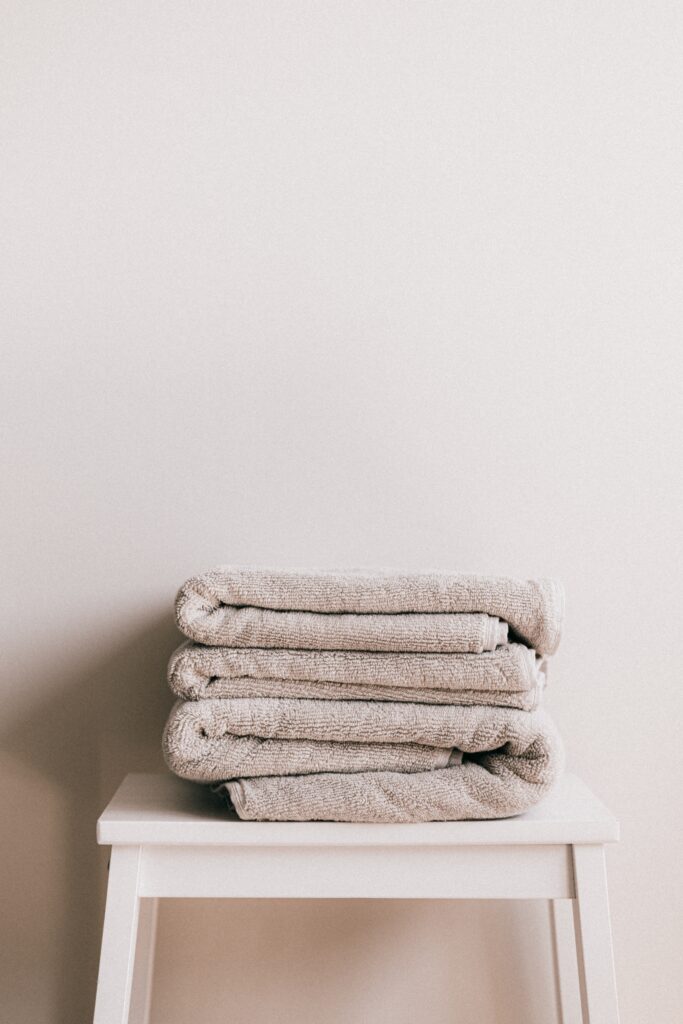
WEEKLY TO MONTHLY
Jumping in the ocean, especially if it’s cold
Three things here, firstly cold temperatures and secondly salt water. Cold plunges have long been famed as a great way to reduce inflammation and puffiness – this is why ice facials and contour cubes are a thing. Also the sea has magnesium in it which you can absorb through the skin.
Infrared sauna
Then to the opposite end of the spectrum. Of course sweating removes water from the body. Infrared saunas increase blood circulation. The heat also provides hormetic stress to the body – this is a good thing.
Cold showers
If I can’t make it for an ocean swim or the weather doesn’t allow it, a cold shower is what I’ll turn to – although this is not my fave!
Magnesium salt bath
I’ve mentioned how important magnesium is and that it can be absorbed through the skin. I love having a bath for a moment of stillness and indulgence, and as an added benefit I add magnesium salts like this, I add about a cup into my bath and soak for 20 minutes, allowing the magnesium to penetrate to the body.
Moral of the story – magnesium is your friend.

EVERY NOW AND THEN
Lymphatic drainage massage
This one is fairly self explanatory, it’s a massage to drain the lymph. It’s much lighter than a massage for muscle release so it may feel a little new but they are great every now and then, plus they are relaxing and a chance to pamper yourself. I get these every now and then when I’m craving some pamper time.
TMI warning. Occasionally after one of these, the next day I have very watery you know what. Let’s just say it works…
I go to Biotyspa at Slow House in Bondi.
Ice plunges
I love these! They are great hormetic stress for the body and have a huge amount of health benefits, and of course great for puffiness. I do this every now and then when I get a chance, but this is not a regular thing.
And there you have it! Everything I am currently doing to prevent water retention and puffiness.


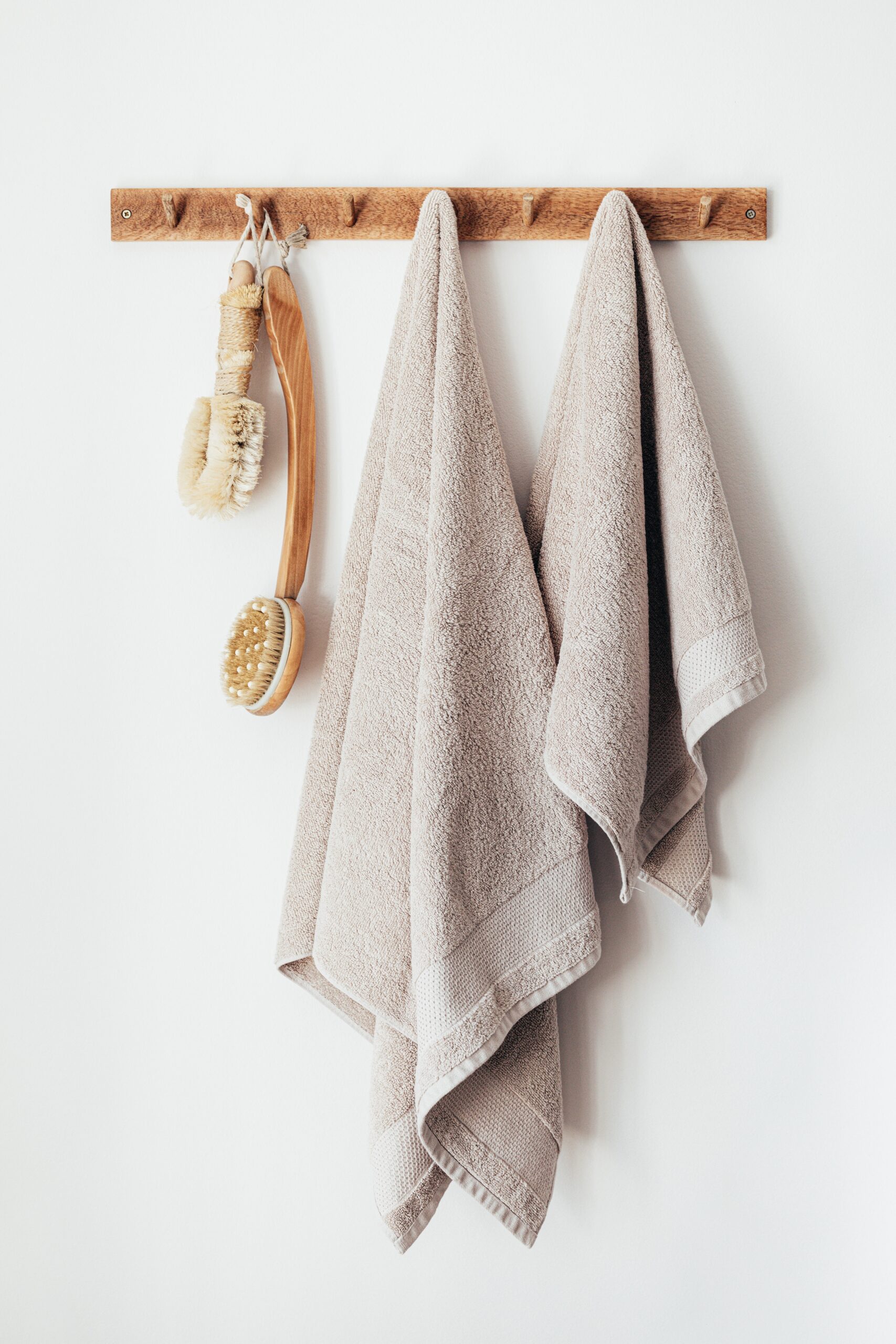
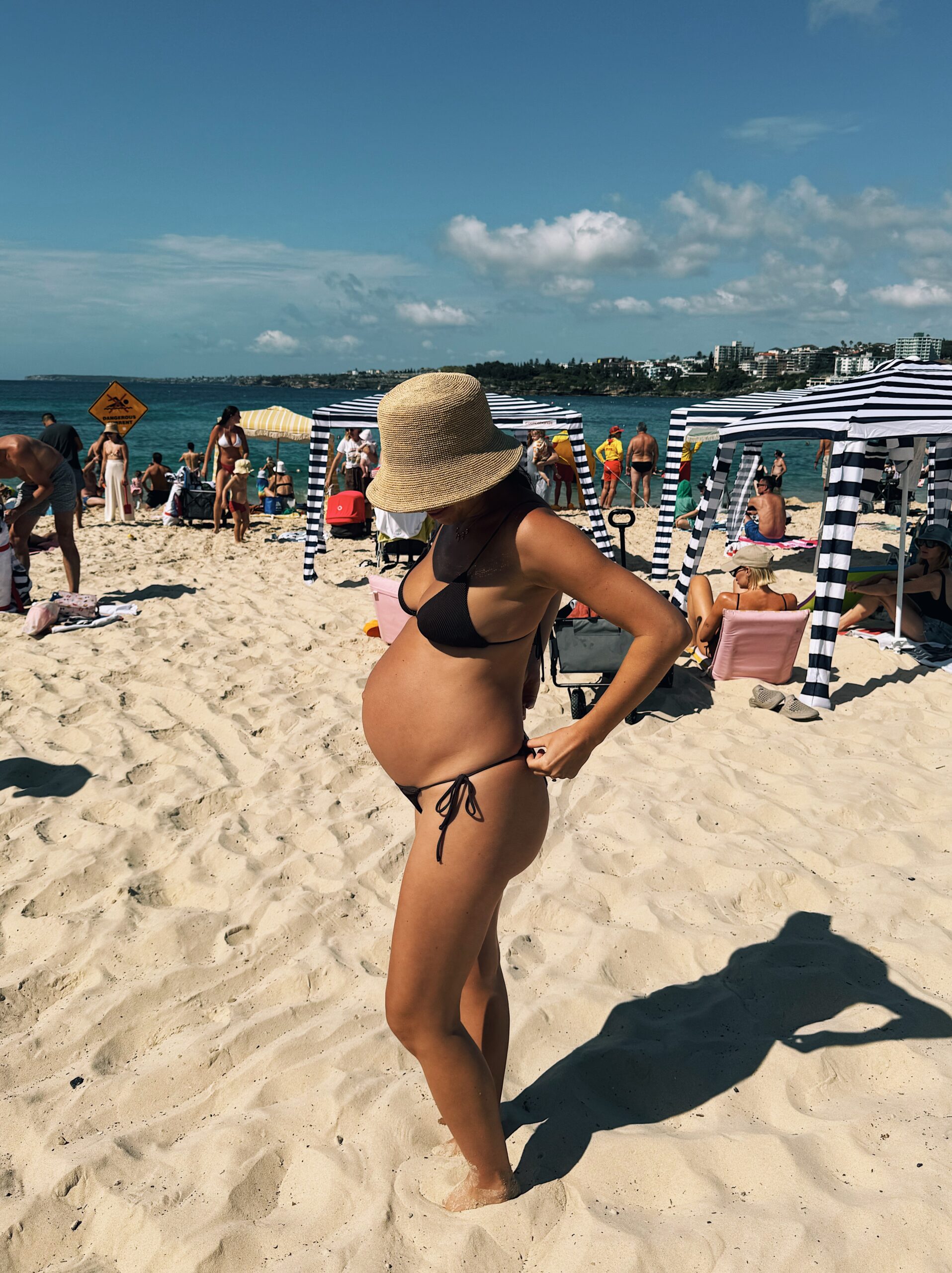
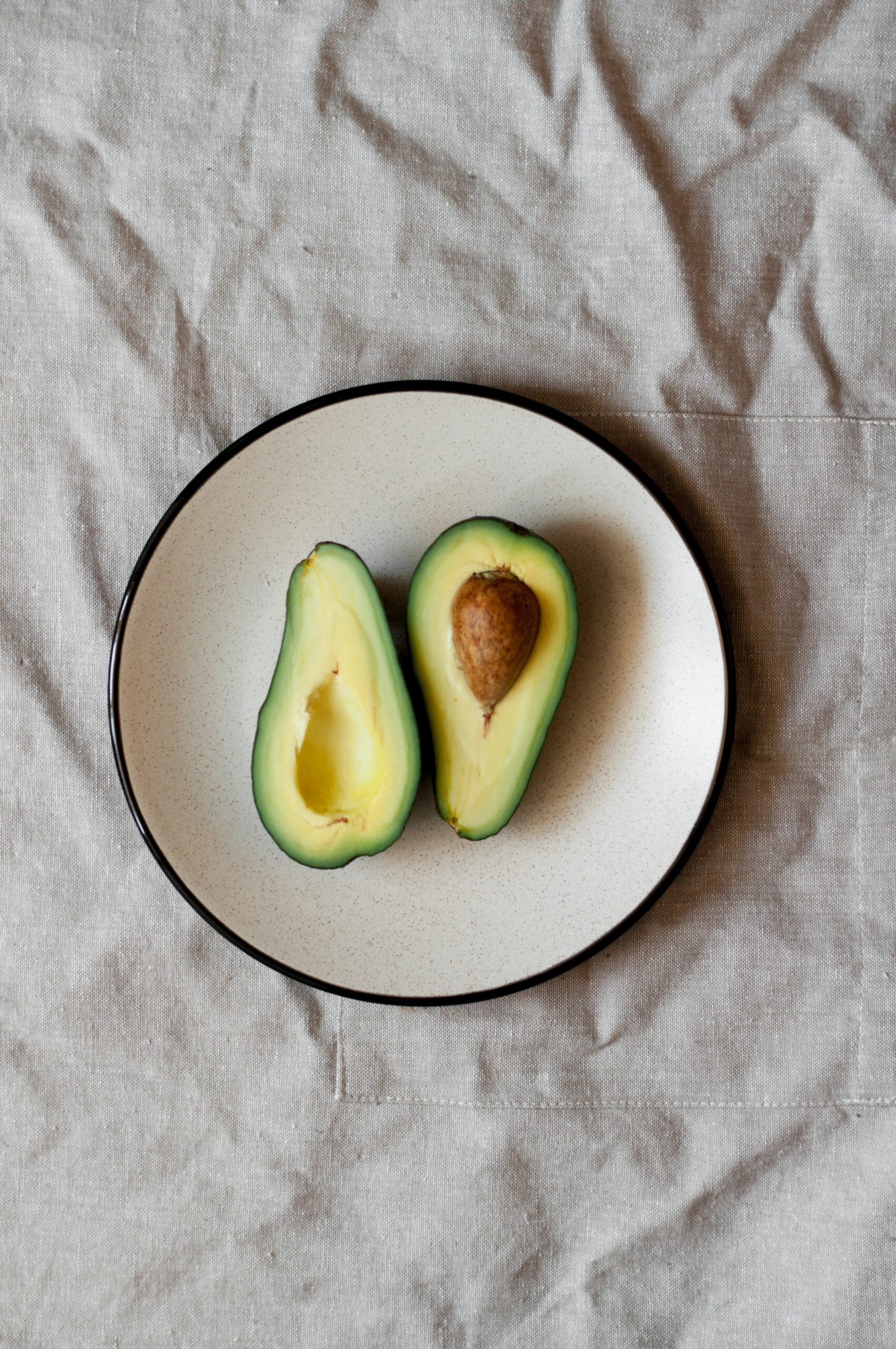
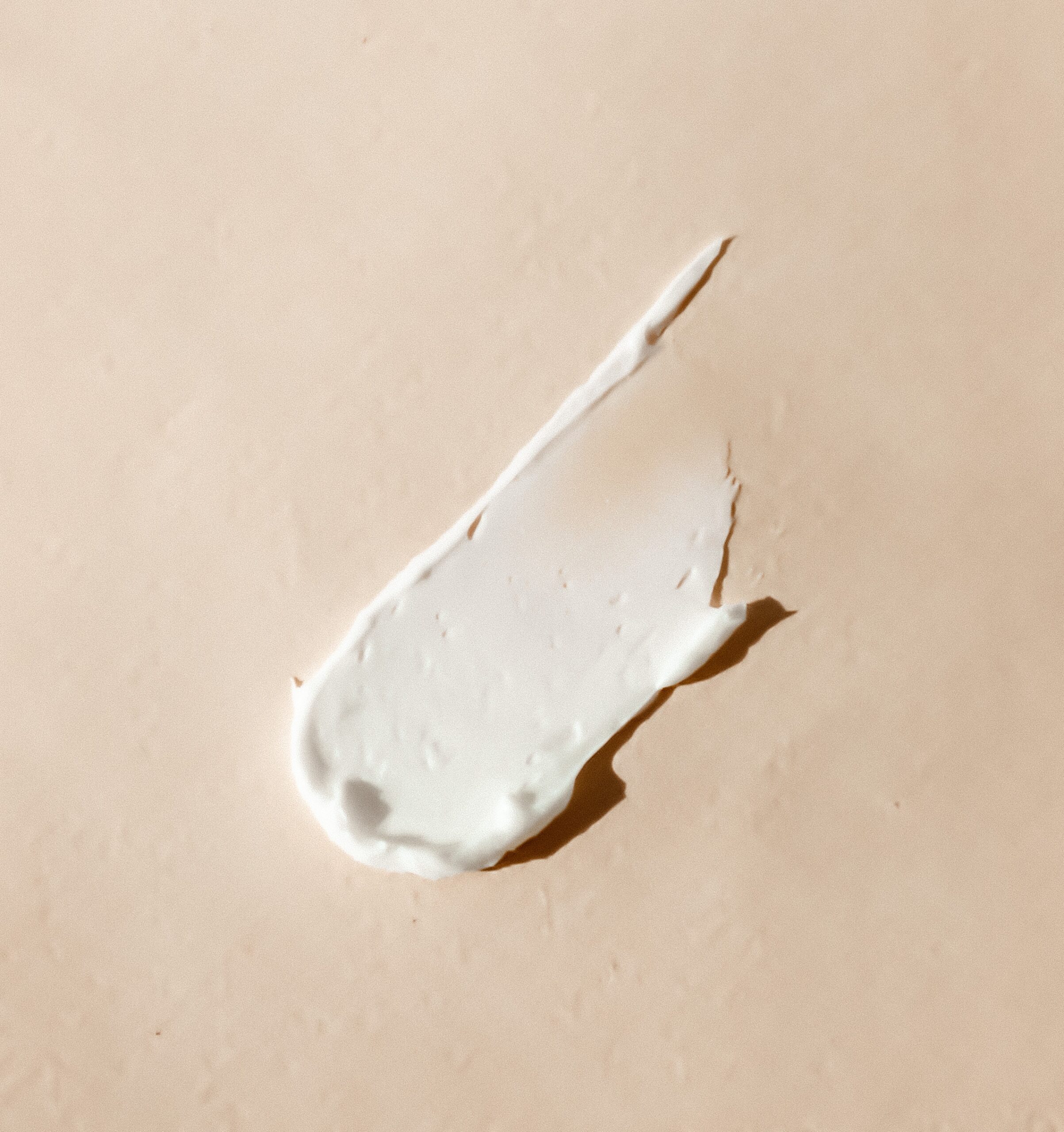

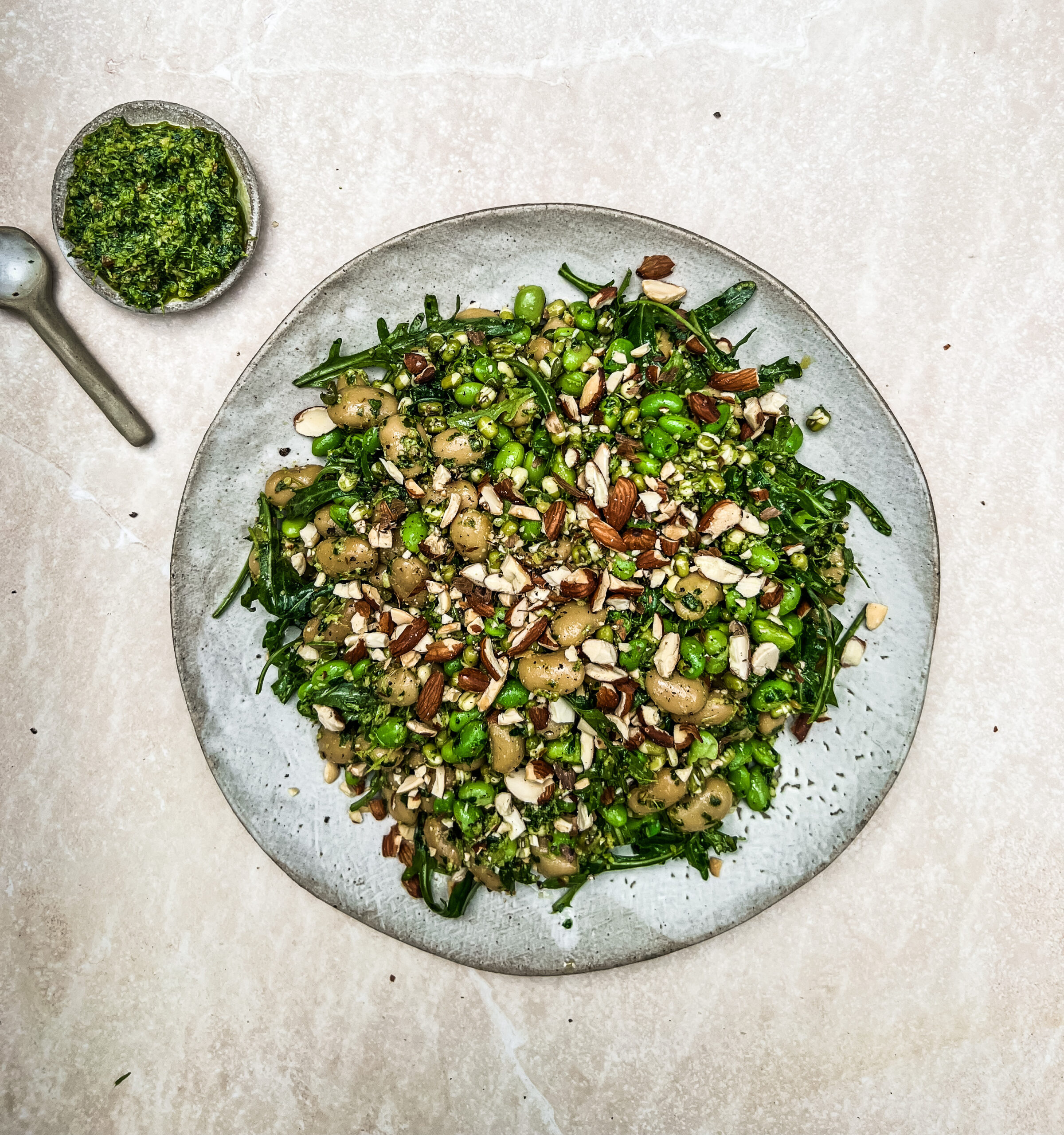
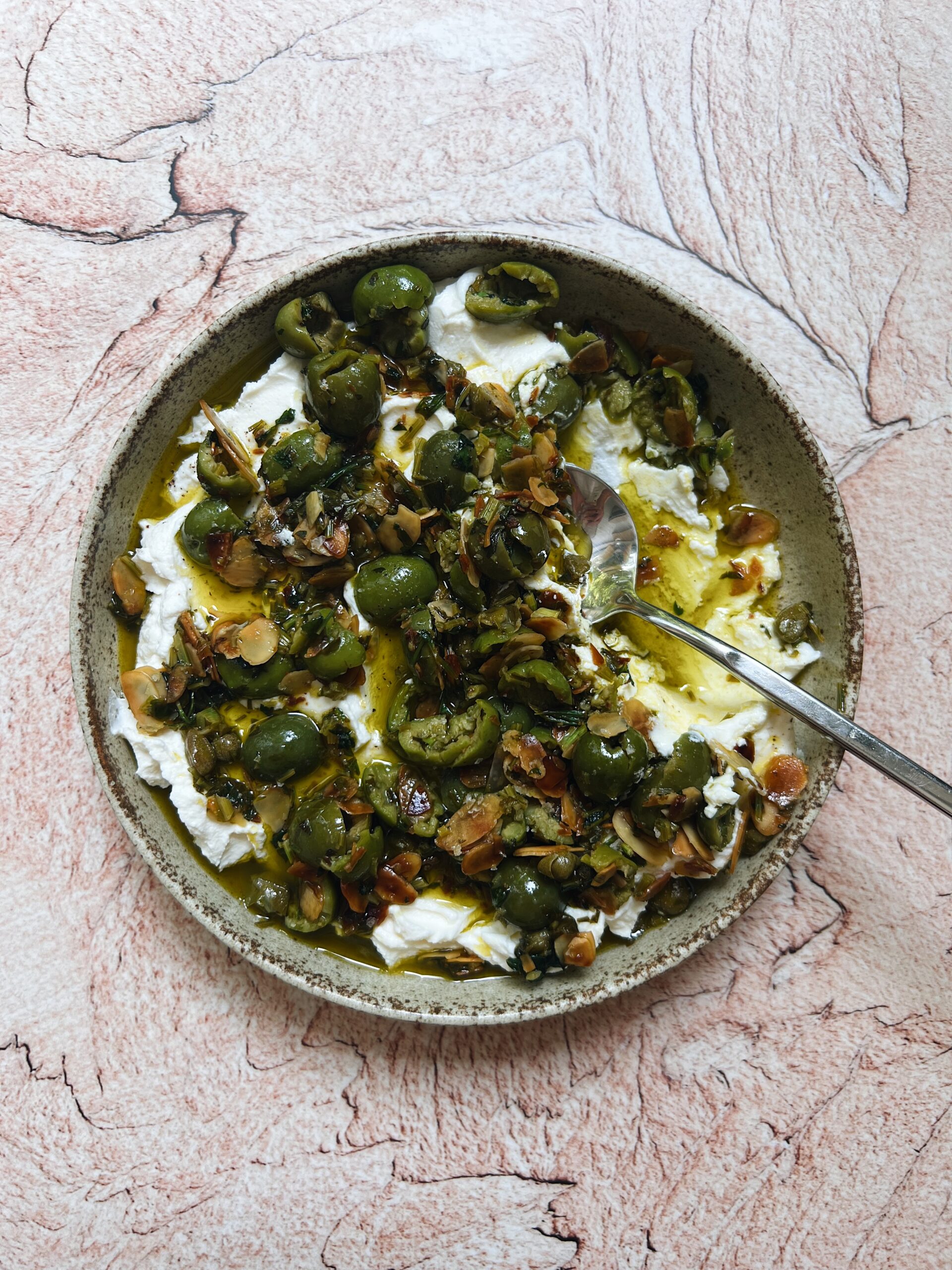
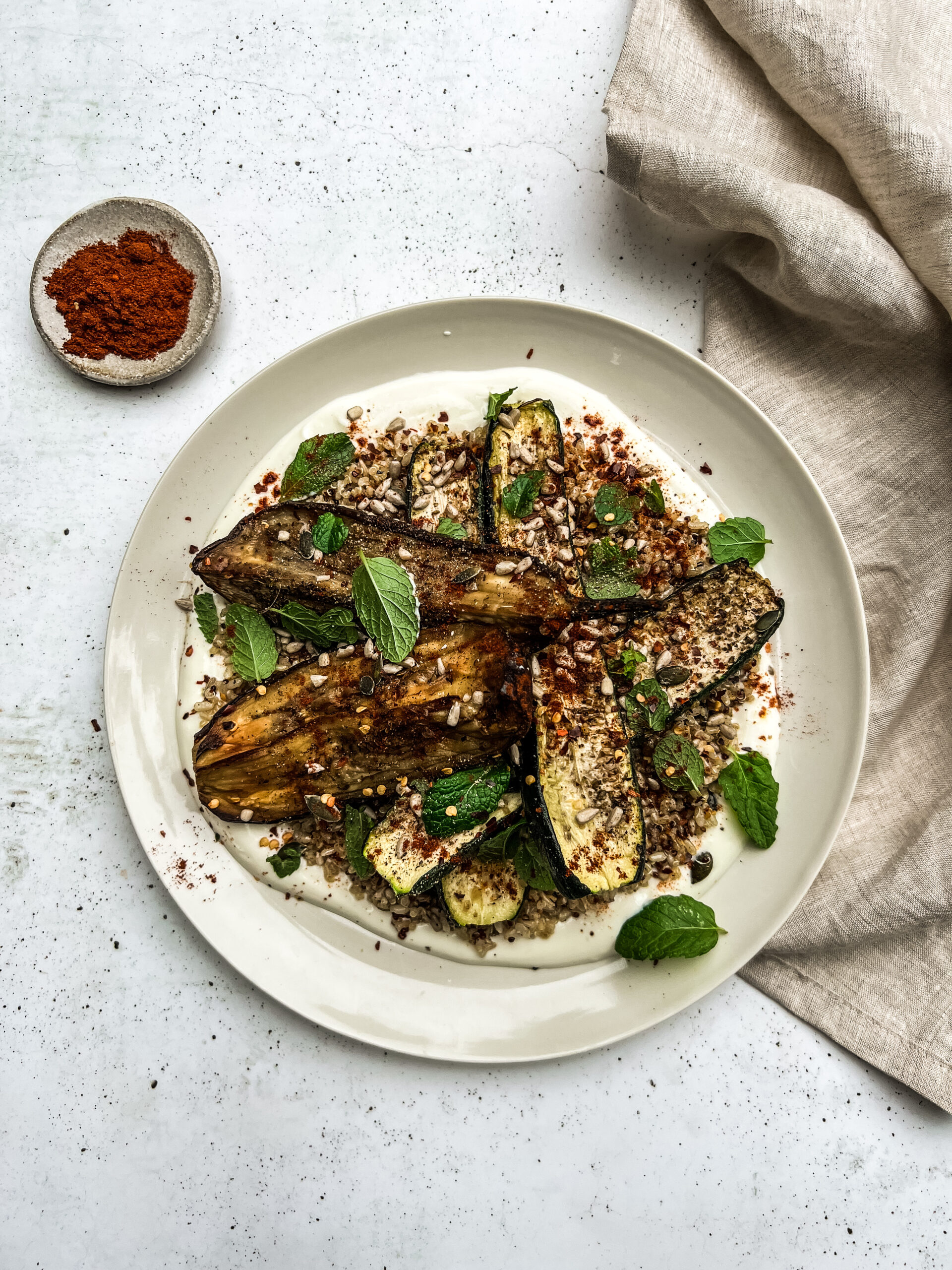
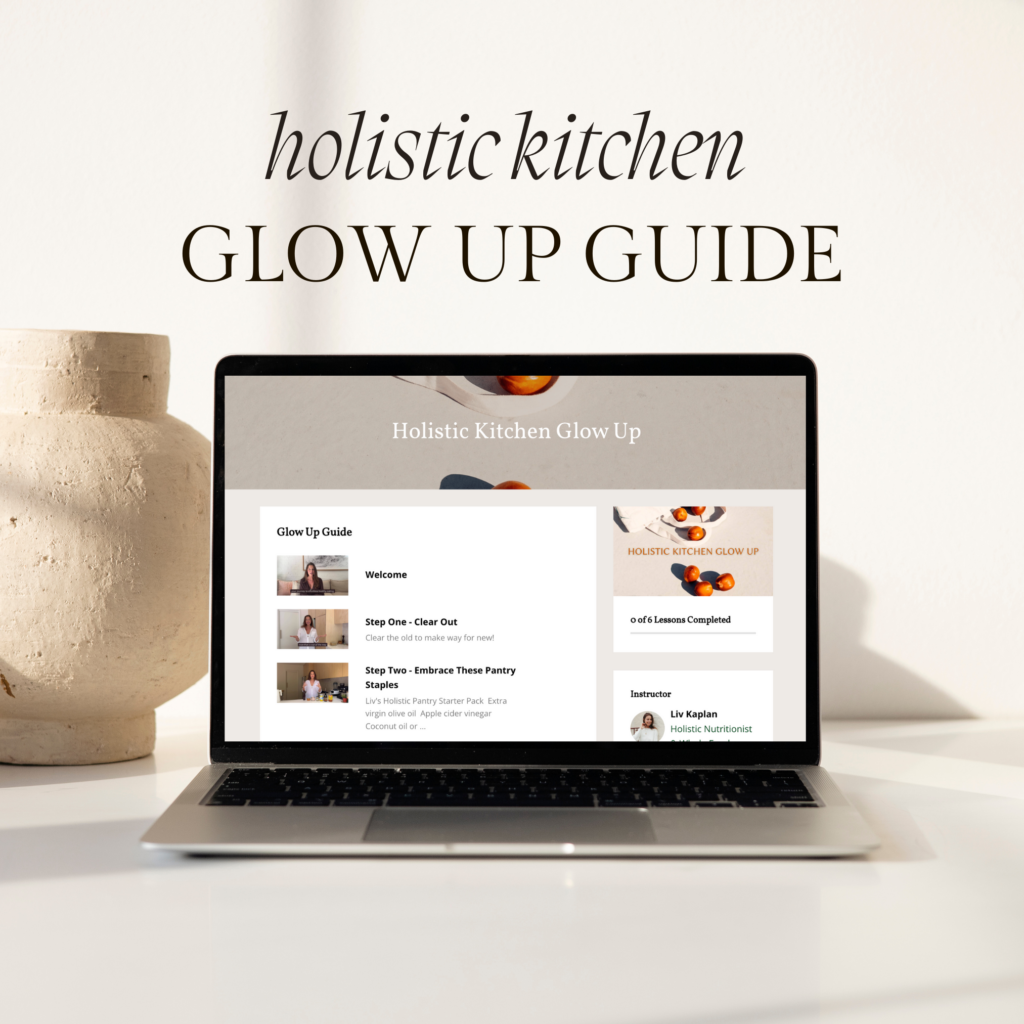
This is so clear and useful thank you!
Thanks Bec! Glad you enjoyed. 🙂